Back to Courses
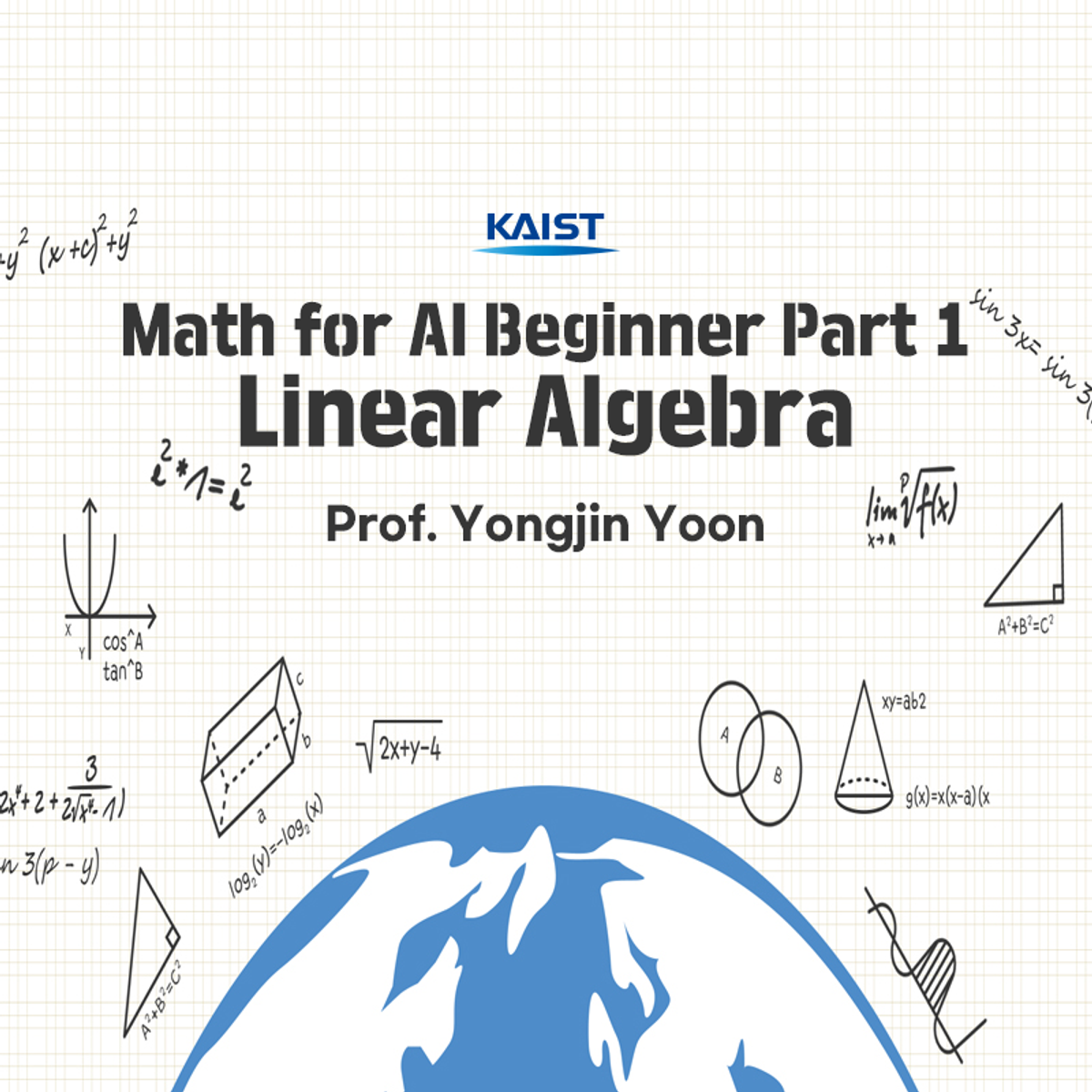

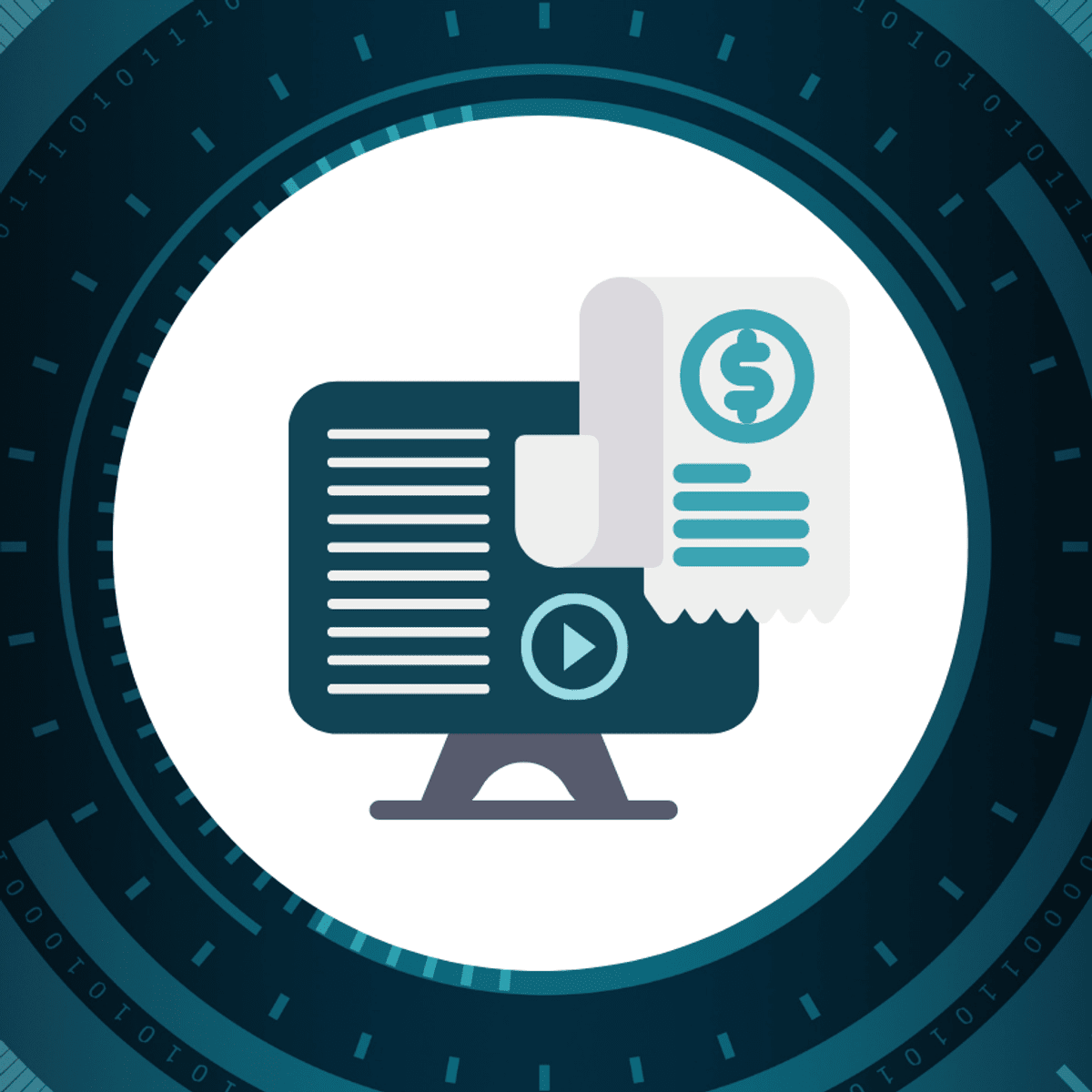
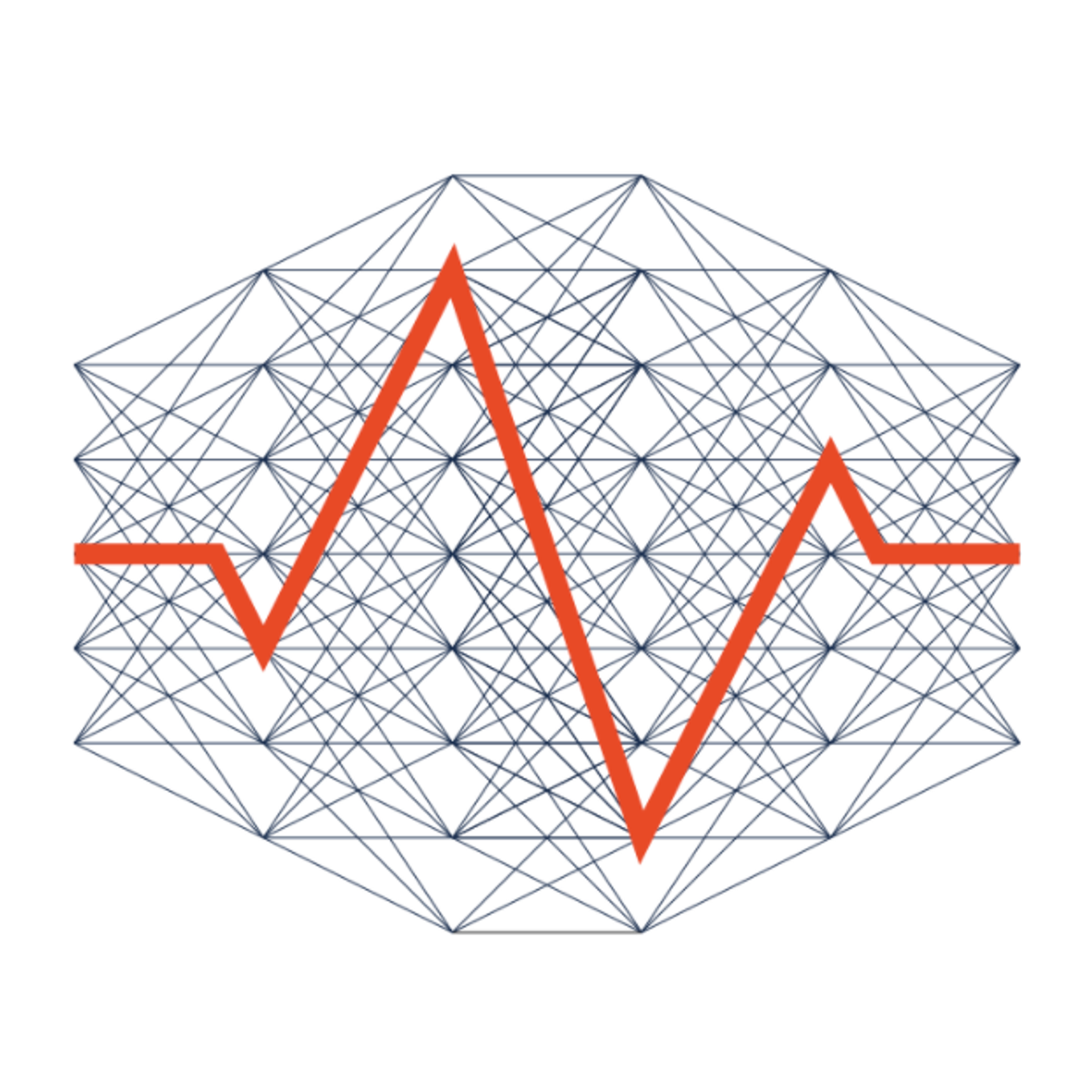

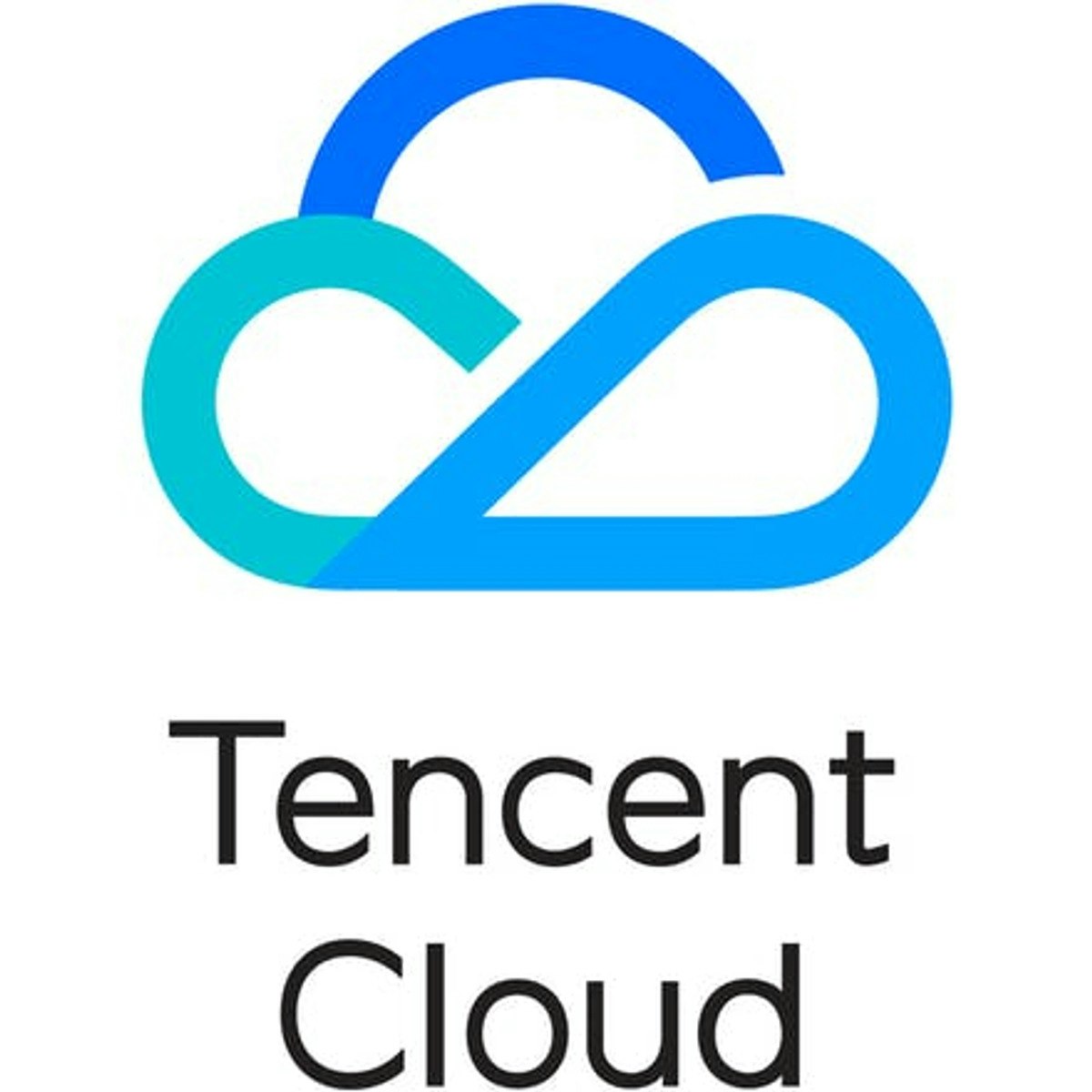

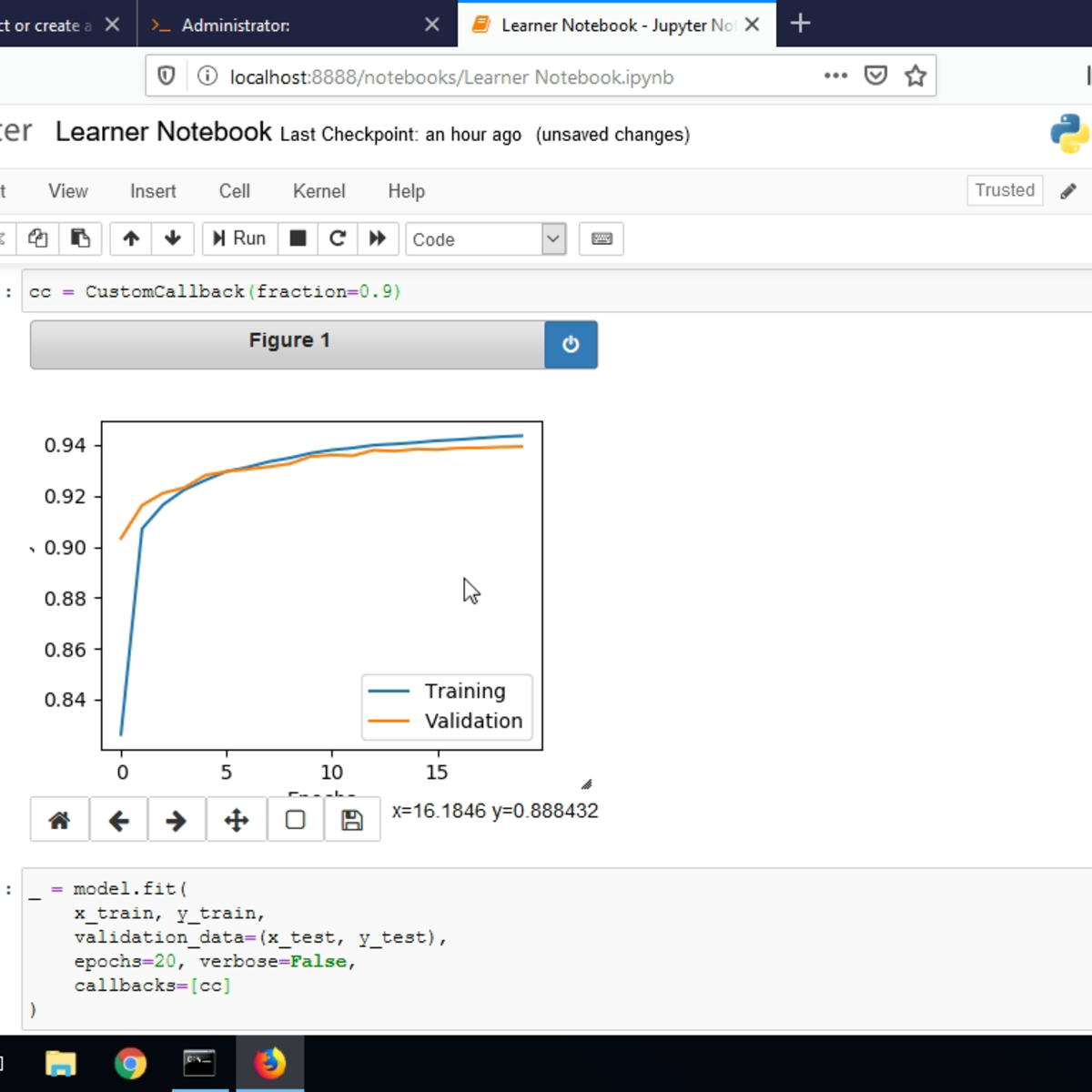
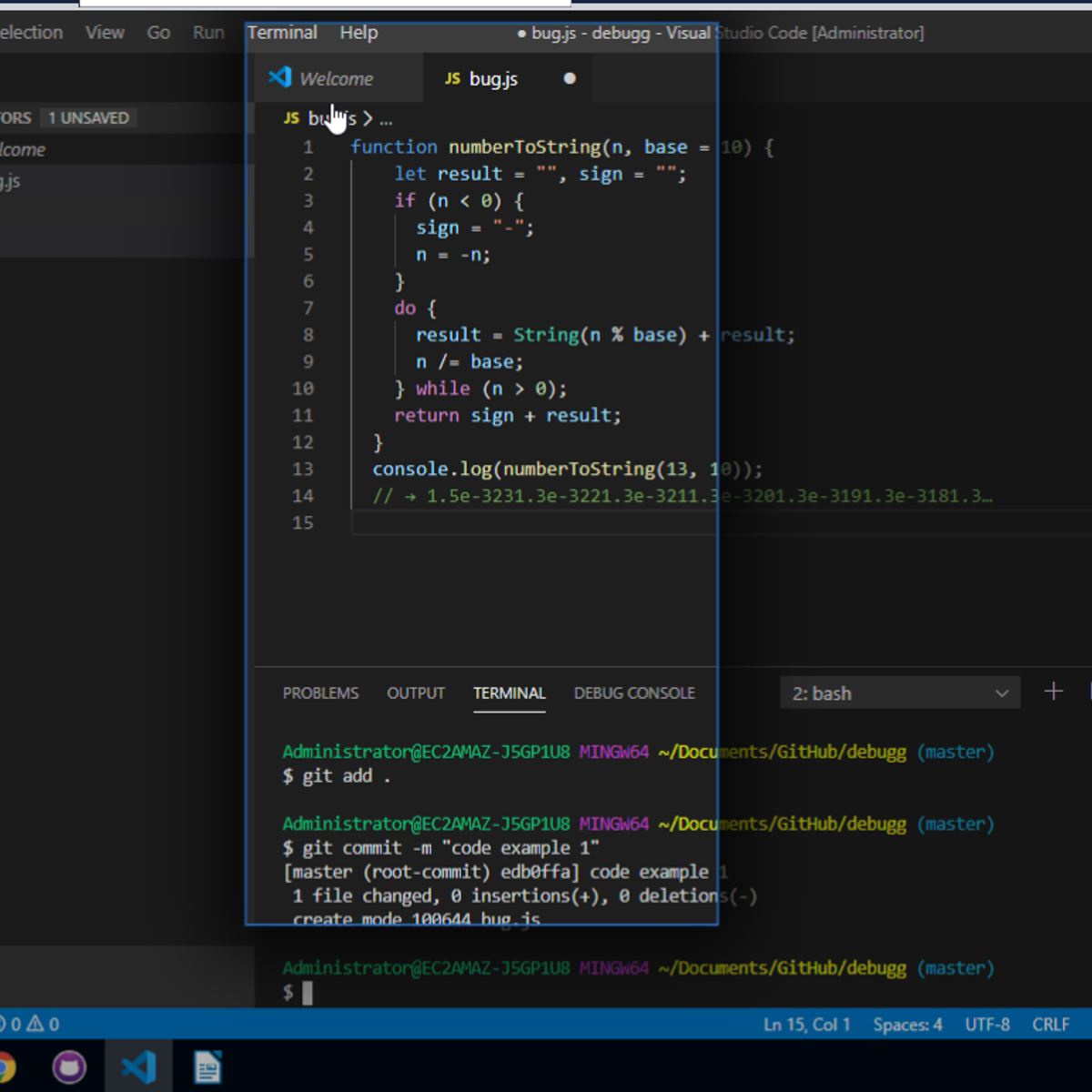
Computer Science Courses - Page 173
Showing results 1721-1730 of 2309

Getting Started with Automation 360
Automation 360(tm) is the leading cloud-native end-to-end intelligent automation platform used by the world's top enterprises to automate business processes across systems and applications.
This course is designed to introduce Robotic Process Automation (RPA), how RPA can be used to identify business processes for automation, and how to use Automation Anywhere Robotic Interface (AARI) to automate back office and front office business processes. Experienced and novice RPA developers will learn how to build simple to complex RPA bots using Automation 360 action packages to automate repetitive and mundane work processes to reduce human errors and improve business outcomes.

Math for AI beginner part 1 Linear Algebra
'Learn concept of AI such as machine learning, deep-learning, support vector machine which is related to linear algebra
- Learn how to use linear algebra for AI algorithm.
- After completing this course, you are able to understand AI algorithm and basics of linear algebra for AI applications.

Apply Fibonacci Scales to Agile Project Estimation in Miro
By the end of this project, you will be able to apply the Fibonacci scale to agile project estimations to distribute work more evenly and estimate required resources without over-commitment during each sprint.
To do this, you will gain hands-on experience applying the Fibonacci scale to project design in the Miro online visual collaboration platform for teamwork.
Note: This course works best for learners who are based in the North America region. We’re currently working on providing the same experience in other regions.

Create an App for Managing Company Expenses in Power Apps
Having trouble keeping track of expenses in your company? With the help of Power Apps, you can easily create an app that tracks business expenses while maintaining a healthy cash flow.
In this beginner-level guided project "Create an App for Managing Company Expenses in Power Apps", you will learn how to switch managing expenses to an automated application, which will allow you to create new records, delete and modify old records, and search for records using custom criteria.
First you will learn how to convert Excel tables to SharePoint lists and create a model-driven app with a SharePoint template. You will be able to create a new expense with the app, view all expenses, filter expenses depending on various criteria, and modify old records. Moreover, you will create a new landing screen, add buttons for navigation, and discover useful tips and tricks that every Power Apps user should know.
The minimum requirement for this project is having an active Microsoft Developer Program account. If you do not have an account, instructions are provided within this Guided Project.
Anyone can learn to use Power Apps regardless of their educational background! If you would like to make your life easier by upgrading your business, then this project is for you! Let's get started!

Health Data Science Foundation
This course is intended for persons involved in machine learning who are interested in medical applications, or vice versa, medical professionals who are interested in the methods modern computer science has to offer to their field. We will cover health data analysis, different types of neural networks, as well as training and application of neural networks applied on real-world medical scenarios.
We cover deep learning (DL) methods, healthcare data and applications using DL methods. The courses include activities such as video lectures, self guided programming labs, homework assignments (both written and programming), and a large project.
The first phase of the course will include video lectures on different DL and health applications topics, self-guided labs and multiple homework assignments. In this phase, you will build up your knowledge and experience in developing practical deep learning models on healthcare data. The second phase of the course will be a large project that can lead to a technical report and functioning demo of the deep learning models for addressing some specific healthcare problems. We expect the best projects can potentially lead to scientific publications.

Create a buyer persona diagram for businesses with Creately
This project allows you to create Buyer Persona diagrams with Creately. You will discover the Creately platform, an online diagram design software. You will understand the various features of the platform and be able to create personalized and professional diagrams describing the ideal buyer profile for your business.

Tencent Cloud Solutions Architect Professional
This course equips learners with knowledge in cloud architecture design at the professional level and prepares them to take the Tencent Cloud Solutions Architect Professional examination. After completing this course, learners will be able to design and develop complex business systems and cloud native applications, implement cloud native transformation based on the characteristics of the business, and apply agile development, DevOps, containers, artificial intelligence, and packaged business capabilities in their respective organizations.

Continuous Integration
In today's world, software development is highly complex and often has large teams of developers working on small pieces of a larger software project. This course will go over the basic principles of using a continuous integration system effectively to constantly improve software. We're going to describe the different stations of continuous test, build, integration and deploy processes required for DevOps practices and apply best practices for quality software management, and tooling to accomplish iterative software build & test processes. You will be able to create an automated job for continuous build, test, integrate, and deploy with Travis CI and use branching and project workflows to enhance the quality, speed and feedback loops for your software assets. We'll describe the attributes of Deterministic Builds and how they are applied within the CI pipeline and use the Continuous Integration data and analytics to measure and improve the health of your software assets. Automation at scale is now more achievable for software development teams, as continuous integration makes it possible.

Creating Custom Callbacks in Keras
In this 1.5-hour long project-based course, you will learn to create a custom callback function in Keras and use the callback during a model training process. We will implement the callback function to perform three tasks: Write a log file during the training process, plot the training metrics in a graph during the training process, and reduce the learning rate during the training with each epoch.
This course runs on Coursera's hands-on project platform called Rhyme. On Rhyme, you do projects in a hands-on manner in your browser. You will get instant access to pre-configured cloud desktops containing all of the software and data you need for the project. Everything is already set up directly in your Internet browser so you can just focus on learning. For this project, you’ll get instant access to a cloud desktop with (e.g. Python, Jupyter, and Tensorflow) pre-installed.
Prerequisites:
In order to be successful in this project, you should be familiar with Python, Neural Networks, and the Keras framework.
Note: This course works best for learners who are based in the North America region. We’re currently working on providing the same experience in other regions.

Debugging Projects Manually
In this 1-hour long project-based course, by the end of this project, you will have learned how to debug your code in Visual Studio code manually. This is useful for a circumstance when you don't have a debugger available. Today I will teach you what would be an effective approach to debug code.
Note: This course works best for learners who are based in the North America region. We’re currently working on providing the same experience in other regions.
